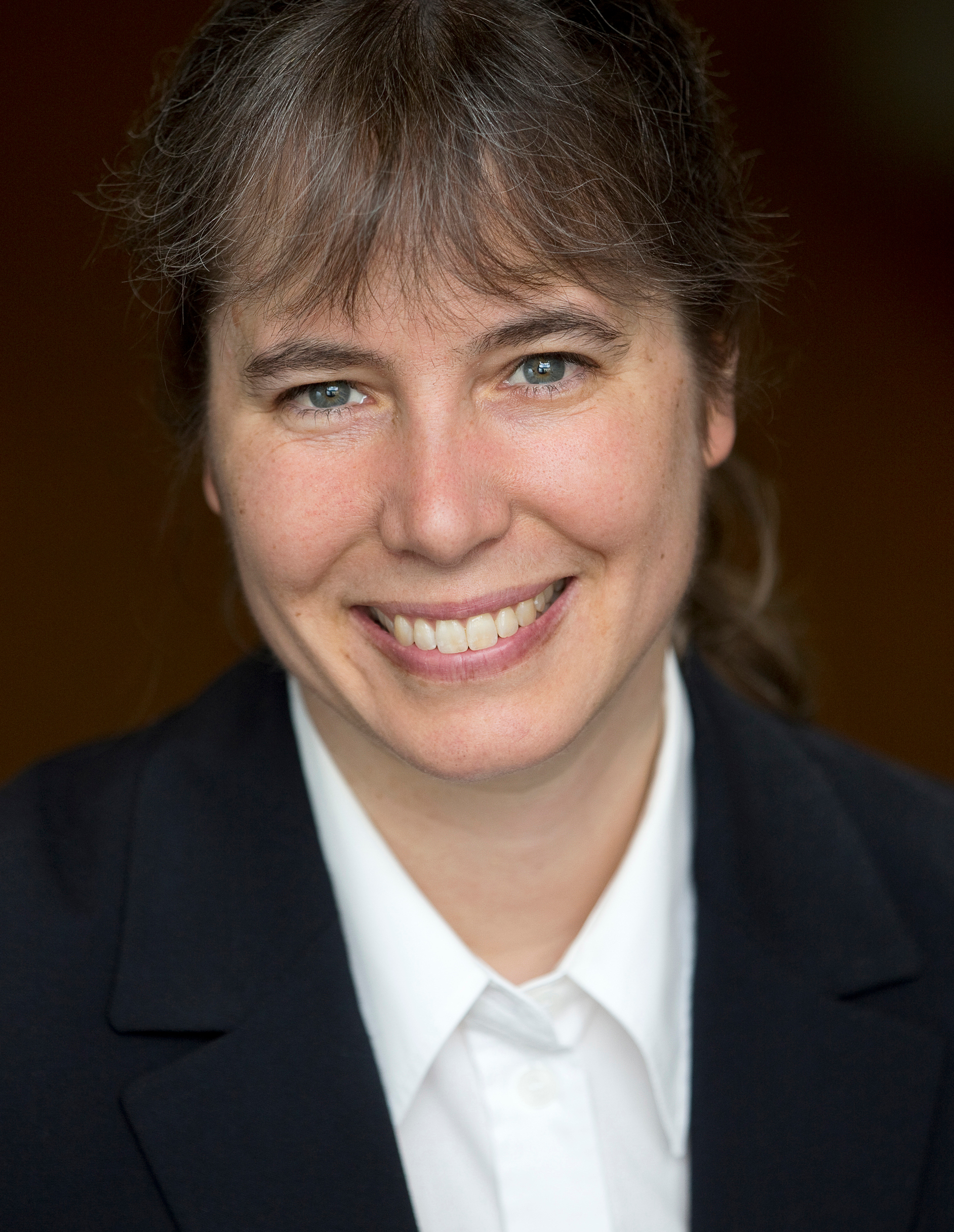
distinguished lecture series presents
Gitta Kutyniok
University of Munich
Research Area
Applied Harmonic Analysis, Artificial Intelligence, Data Science, Imaging Science, Inverse Problems
Visit
May 7 to May 9, 2024
Location
Lectures will take place on Zoom at https://ucla.zoom.us/j/9264073849


